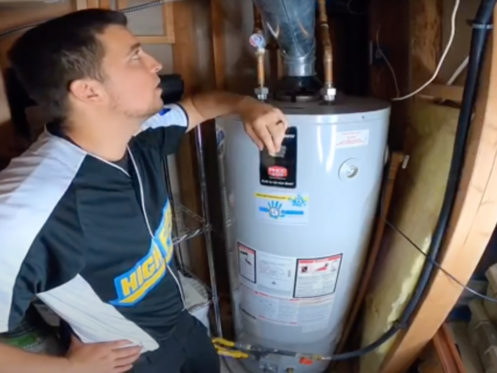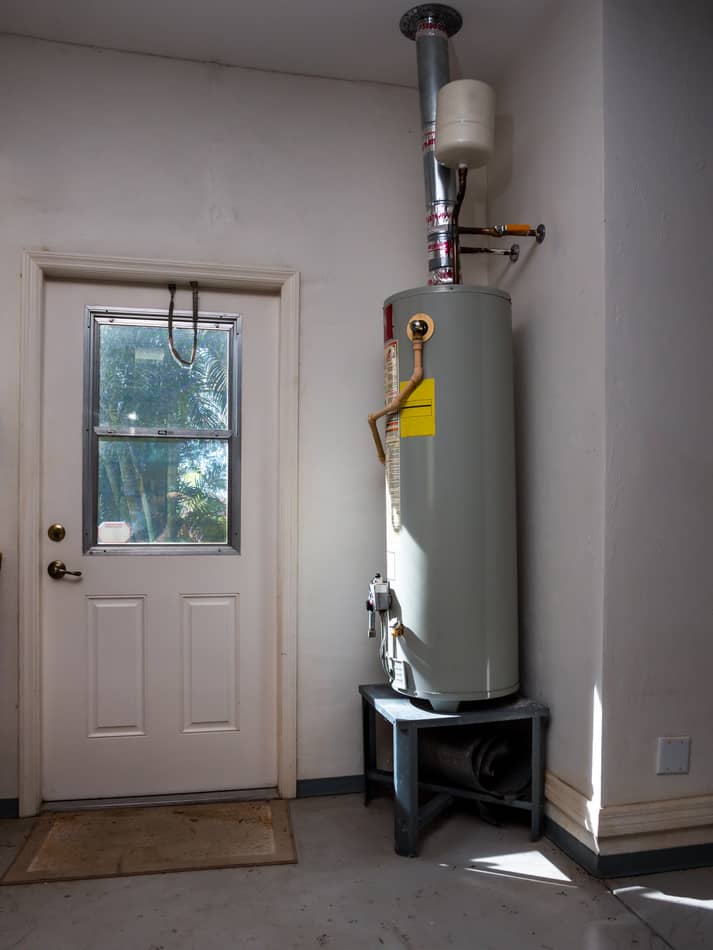They are making a number of good pointers on Tips For Maintaining Your Hot Water Heater as a whole in the article on the next paragraphs.

Hot water is vital for day-to-day convenience, whether it's for a revitalizing shower or washing dishes. To ensure your warm water system runs successfully and lasts much longer, regular maintenance is essential. This post gives practical tips and insights on exactly how to keep your home's warm water system to stay clear of disruptions and costly repair work.
Introduction
Preserving your home's warm water system could appear overwhelming, but with a few simple actions, you can guarantee it runs efficiently for years ahead. This overview covers every little thing from recognizing your warm water system to do it yourself upkeep tips and knowing when to call in professional help.
Importance of Keeping Your Warm Water System
Normal upkeep not just prolongs the life expectancy of your warm water system however likewise ensures it operates efficiently. Overlooking maintenance can lead to decreased performance, greater power expenses, and even premature failure of the system.
Signs Your Warm Water System Demands Upkeep
Understanding when your hot water system needs attention can prevent significant concerns. Watch out for indications such as inconsistent water temperature, strange sounds from the heating unit, or rustic water.
Understanding Your Hot Water System
Prior to diving into maintenance tasks, it's helpful to recognize the standard parts of your warm water system. Commonly, this consists of the hot water heater itself, pipelines, anode poles, and temperature level controls.
Regular Monthly Maintenance Tasks
Routine monthly checks can help catch small concerns prior to they intensify.
Purging the Water Heater
Flushing your water heater gets rid of debris build-up, enhancing efficiency and lengthening its life.
Checking and Replacing Anode Rods
Anode poles avoid corrosion inside the container. Examining and replacing them when worn is crucial.
Evaluating and Adjusting Temperature Level Settings
Changing the temperature level settings makes certain ideal performance and safety and security.
DIY Tips for Upkeep
You can do several upkeep tasks yourself to keep your hot water system in leading condition.
Looking for Leaks
Consistently inspect pipelines and connections for leakages, as these can bring about water damage and greater bills.
Examining Pressure Alleviation Valves
Testing the stress relief valve guarantees it operates correctly and avoids extreme pressure buildup.
Protecting Pipelines
Insulating hot water pipes minimizes warmth loss and can save energy.
When to Call an Expert
While do it yourself upkeep is advantageous, some problems call for expert expertise.
Complex Problems Calling For Professional Assistance
Instances include significant leakages, electric problems, or if your hot water heater is continually underperforming.
Routine Expert Maintenance Conveniences
Professional maintenance can consist of thorough evaluations, tune-ups, and making sure conformity with safety and security standards.
Final thought
Routine upkeep of your home's hot water system is crucial for efficiency, durability, and expense financial savings. By following these suggestions and understanding when to look for specialist help, you can guarantee a trustworthy supply of warm water without unexpected disruptions.
How to Maintain an Instant Hot Water Heater
Before tinkering with your hot water heater, make sure that it’s not powered on. You also have to turn off the main circuit breaker and shut off the main gas line to prevent accidents. Also turn off the water valves connected to your unit to prevent water from flowing into and out of the appliance. 2. When you’re done, you have to detach the purge valves’ caps. These look like the letter “T” and are situated on either side of the water valves. Doing so will release any pressure that has accumulated inside the valves while at the same time avoid hot water from shooting out and burning your skin. 3. When the purge valves’ caps are removed, you have to connect your hosing lines to the valves. Your unit should have come with three hoses but if it didn’t, you can purchase these things from any hardware or home repair shops. You can also get them from retail stores that sell water heating systems. Read the user’s manual and follow it to complete this task properly. When the hosing lines are connected, open the purge port’s valves. 4. You should never use harsh chemical cleaners or solutions when cleaning your unit. Make use of white vinegar instead. It should be undiluted and you’ll probably use about 2 gallons. 5. Now flush your water heater. This task should probably take about 40 minutes. We can’t give you specific directions for this because the procedure is carried out depending on the type, model and brand of your heater. With that being said, refer to the user’s manual. 6. When you’re done draining the unit, you have to turn off the purge port valves again. Remove the hosing lines that you earlier installed on each of the water valves. Put the valve caps (purge port) back in their respective places and be very careful so as not to damage the rubber discs that are found inside these caps. 7. Now that everything’s back in place, check your user’s manual again to find out how to reactivate your water heating system. 8. Once it is working, turn one of your hot water faucets on just to let air pass through the heater’s water supply pipes. Leave the tap on until water flows smoothly out of it. https://www.orrplumbing.com/blog/2014/september/how-to-maintain-an-instant-hot-water-heater/

We were introduced to that article on Water Heater Maintenance Tips You Can't Afford to Forget from a buddy on our other web property. Make sure you take the time to promote this blog posting if you liked it. I praise you for being here. Come back soon.
Click Here